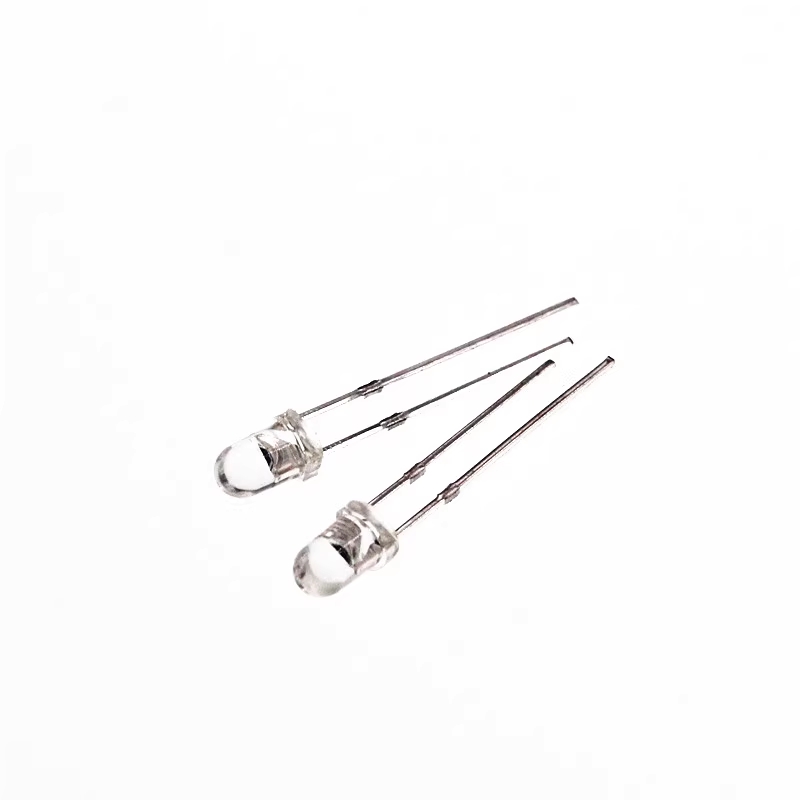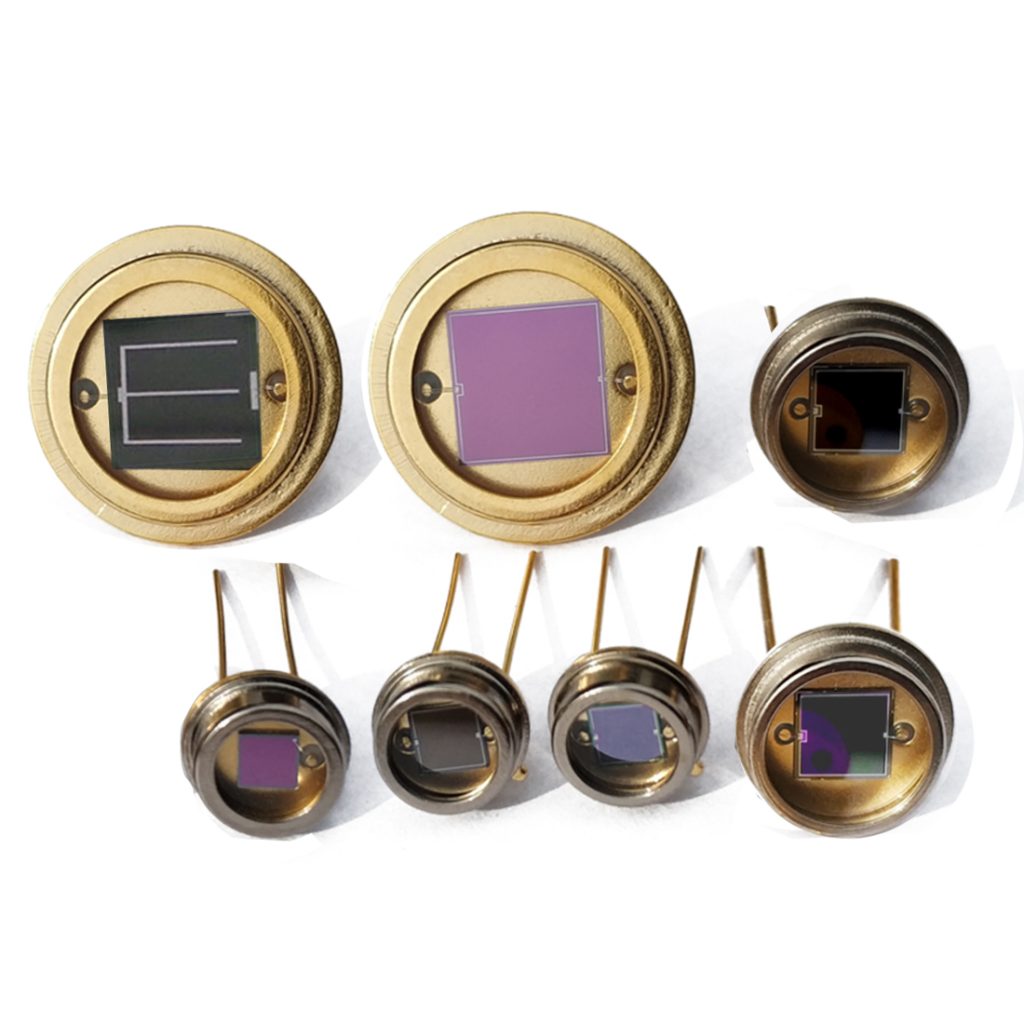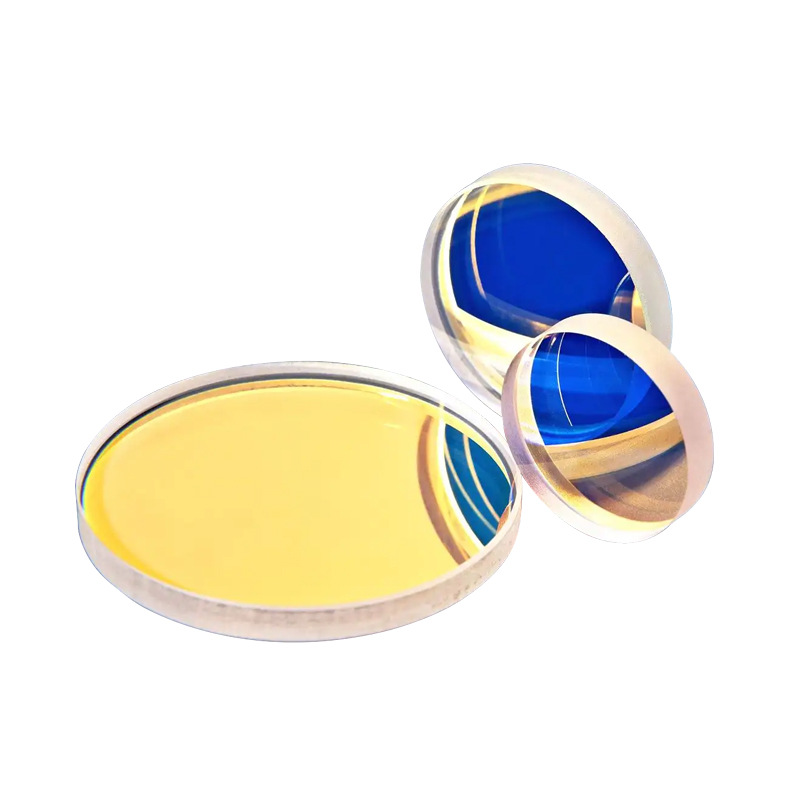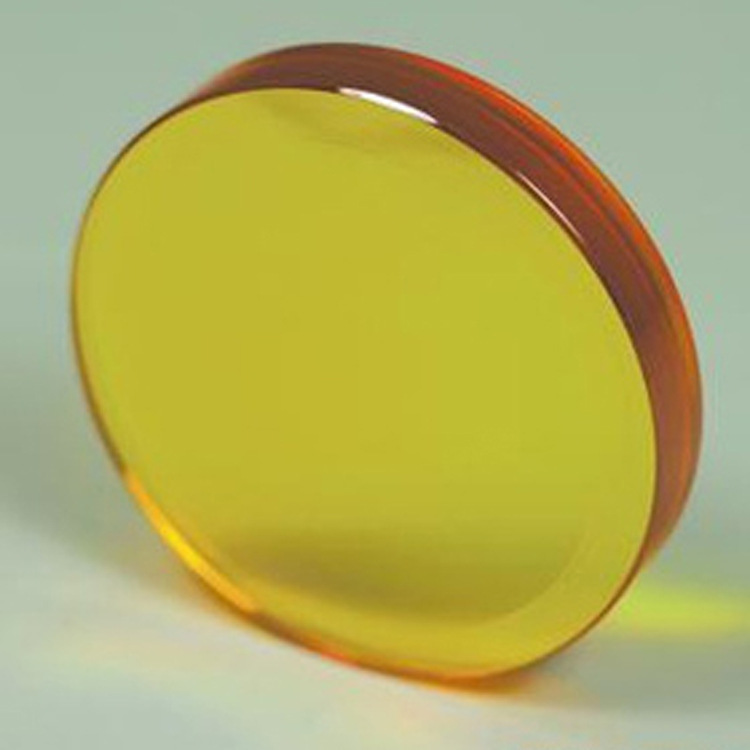Polycrystalline magnesium fluoride (MgF₂) is a high-performance optical material known for its exceptional ultraviolet and infrared transmission, enhanced mechanical strength, and excellent thermal stability. Manufactured from high-purity MgF₂ with a polycrystalline structure, it provides strong environmental resistance, reduced birefringence, and optimized optical properties for demanding applications. This material is widely used in laser optics, spectroscopy, semiconductor lithography, and scientific instrumentation, ensuring reliable optical performance across a range of advanced technologies.
Product Overview:
Polycrystalline magnesium fluoride is an optical material with excellent optical, mechanical, and chemical properties, widely used in fiber optic communication, military industries, and the manufacture of various optical components. It is made from high-purity magnesium fluoride powder processed at high temperature and pressure, resulting in a tetragonal crystal structure. This material has excellent transmission in both the mid-infrared and vacuum ultraviolet (VUV) bands and exhibits low thermal radiation, low scattering, and birefringence. Due to its strong mechanical strength, high-temperature resistance, thermal shock resistance, and chemical stability, polycrystalline magnesium fluoride is commonly used in lasers, ultraviolet optical systems, high-energy detectors, and other fields.
Key Features:
- High Transmission:Exceptional light transmission in the vacuum ultraviolet and mid-infrared bands.
- Low Thermal Radiation:Effectively reduces heat loss, improving optical system efficiency.
- Low Scattering:Ensures high-quality beam propagation, minimizing energy loss.
- Birefringence:Important in specific optical applications, optimizing polarization performance.
- High-Temperature and Thermal Shock Resistance:Suitable for high-temperature environments and rapid thermal fluctuations, ensuring device stability.
- Good Mechanical Properties:High hardness and strong compressive strength, suitable for high-strength applications.
- Chemical Stability:Resistant to acid and alkali corrosion and seawater, suitable for harsh environments.
Applications:
- Optical Component Manufacturing:Used to make mirrors, lenses, and other optical components, widely applied in various optical systems.
- Military Industry:Serves as materials for infrared-guided missile nose cones and domes, ensuring reliability in high-temperature environments.
- Laser Systems:Used in lasers and ultraviolet optical systems to improve system stability and performance.
- High-Energy Detectors:As an optical component, it is used in various high-energy detectors to enhance detection efficiency.
- Fiber Optic Communication:Used as a key optical material in fiber optic communication systems, supporting high-speed data transmission.
| Optical Property | Value |
| Transmission Range | 0.12-9 μm |
| Transmittance | >90%@0.193-6μm |
| Refractive Index | NO=1.566, Ne=1.568@0.13μm |
| NO=1.334, Ne=1.343@5μm | |
| Reflection Loss | 11.2%@0.12μm (both surfaces) |
| 5.7%@0.22μm (both surfaces) | |
| 5.1%@1μm (both surfaces) | |
| Absorption Coefficient | 40×10⁻³@2.7μm |
| Structure | Square Crystal System |
| Cleavage Planes | <100 |
| Physical Property | Value |
| Density | 3.177 g/cm³ |
| Melting Point | 1255 ℃ |
| Thermal Conductivity | 21 W/(m·K) //c, 33.6⊥c @ 300K |
| Thermal Expansion | 13.7×10⁻⁶/K //c, 8.9×10⁻⁶/K ⊥c @ 373K |
| Knoop Hardness | 415 kg/mm² |
| Specific Heat Capacity | 1003 J/(kg·K) |
| Dielectric Constant | 4.87 //c, 5.44⊥c @ 1MHz |
| Young's Modulus | 138.5 GPa |
| Shear Modulus | 54.66 GPa |
| Bulk Modulus | 101.32 GPa |
| Poisson's Coefficient | 0.276 |
| Chemical Property | Value |
| Solubility | 0.002 g/L @ 20℃ |
| Molecular Weight | 62.3018 g/mol |
| Property | Value |
| Material Name | Polycrystalline MgF₂ |
| Available Size | 3-200mm |
| Material Grade | VIR, UV |
| Transmittance Range | 0.12-7.5μm |
| Crystal Structure | Polycrystalline |
| Blank Shape | Round, rectangular, wedge, lens, step drilled, special-shaped |
| Blank Shape | Round, rectangular, wedge, lens, step drilled, special-shaped |
Submit Your RequirementsWe will contact you within 24 hours.
 WOBO Scientific Research New Materials One-Stop Service Platform
WOBO Scientific Research New Materials One-Stop Service Platform











